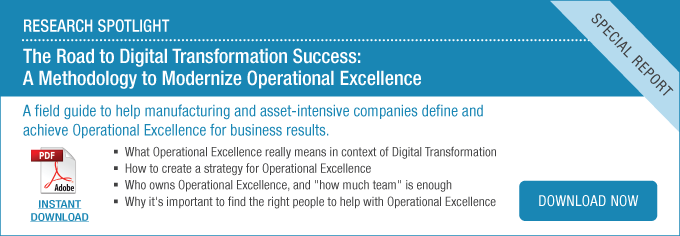A few years ago, I was working with a High Tech company that had built market leadership around world class product quality, then lost it. Several years prior, the company had gone through a cost-cutting exercise. One outcome of the exercise was a decision to outsource engineering on core products, and while this accomplished the objective of increasing margins for a short time, the brand’s differentiated reputation eroded fairly quickly, market share dwindled, and sales discounting pressure grew.
Click here to speak with Dan
I was reminded of this while working on our forthcoming research: “Quality Management in the Board Room: Building the Executive Business Case for EQMS.” We’ve talked about how important executive sponsorship is here, but as an industry we know all too well that executive sponsorship most often comes on the heels of a negative compelling event, such as the one above. In this example, once executive management recognized the problem, they sounded the emergency alarm and launched a wave of new executive-sponsored quality initiatives to regain the prestige of the brand.
Using negative compelling events to gain executive sponsorship is destructive – destructive to the company, destructive to shareholder value, destructive to employment and careers, not to mention destructive to the customer. Quality leaders must recognize this pattern and interrupt it by finding positive compelling events that gain executive sponsorship.
Compelling Events
So what’s a compelling event? The term comes from the sales world, where sales people look for compelling events to drive purchases in a certain time frame. “You’re opening a new branch? You’ll want to make sure that you buy another point of sale system at least a month before so that you can…” In this case, the new branch opening is the compelling event.
As quality leaders, we’re selling too. We’re just selling change, and we need to wear our sales hats. Here’s a definition of Compelling Event that I paraphrased from this and that article:
“A Compelling Event is a business influence or pressure that forces action or response, which has a defined date and a business owner.”
Compelling events are catalysts for change. Significant compelling events gain executive sponsorship. Quality leaders need to know how to identify or create compelling events, then sell them to executives in order to achieve desired quality management Operational Excellence.
Investment can still occur without a compelling event, but without it there is no time pressure for the investment, which immediately makes it lower priority to an executive weighing other options that are (at least positioned as) time-sensitive. And as we’ve established, executive priority is the single most critical element to quality maturity.
Proactive Use of Compelling Events to Drive Maturity
In order to use compelling events to gain executive sponsorship (and therefore Operational Excellence maturity), it’s useful to classify them. We want to use positive compelling events to interrupt the pattern of using negative compelling events. So, one classification will be negative or positive.
We also want to be proactive – we can’t wait for external events to tell us when to act. Therefore, the other classification is controllable or uncontrollable. A controllable compelling event can be influenced by the Quality team.
In the example above, the compelling event was loss of market leadership, revenue and earnings. This was clearly a negative compelling event. It was also controllable-Quality leadership that could have influenced the outsourcing decisions that eventually caused the negative compelling event.
That compelling event was controllable and negative. Quality leaders need to find controllable, positive compelling events.
In the chart above, you can see that we’ve broken out the four quadrants, and provided examples of compelling events in each quadrant. Look at the example for positive, uncontrollable compelling events, also known as the “just plain lucky” quadrant. The example is arrival of a new executive that wants to champion Quality – this is real, not as rare as winning the lottery, but obviously tough to plan for.
The Executive Business Case – a Journey of Proactive Improvement
The best bet for Quality executives is to demonstrate strategic value through the Executive Business Case. What’s the Executive Business Case? It’s not a stand-alone investment request, but rather a stake in the ground establishing that quality is highly valuable to the company and to executives. The goal of the Executive Business Case is to gain sponsorship from an executive who will champion the Operational Excellence changes needed to achieve market leading Quality maturity.
The Executive Business Case is supported by multiple investment requests needed to drive Operational Excellence, a Business Case Journey if you will. We’ll discuss the Business Case Journey in more detail in upcoming posts.
In the meantime, get comfortable with the idea of compelling events. Look at plans from other functions and tease out the compelling event. What was it, how does it match up against our classifications, and how significant was it? Was the outcome of the request? Look for what works at your company.
Quality Leaders should join this webcast, on Thursday, June 16, 2016 @ 1:00 that will provide senior leaders with best practices for building a business case around quality and the foundational framework needed to gain executive commitment.
